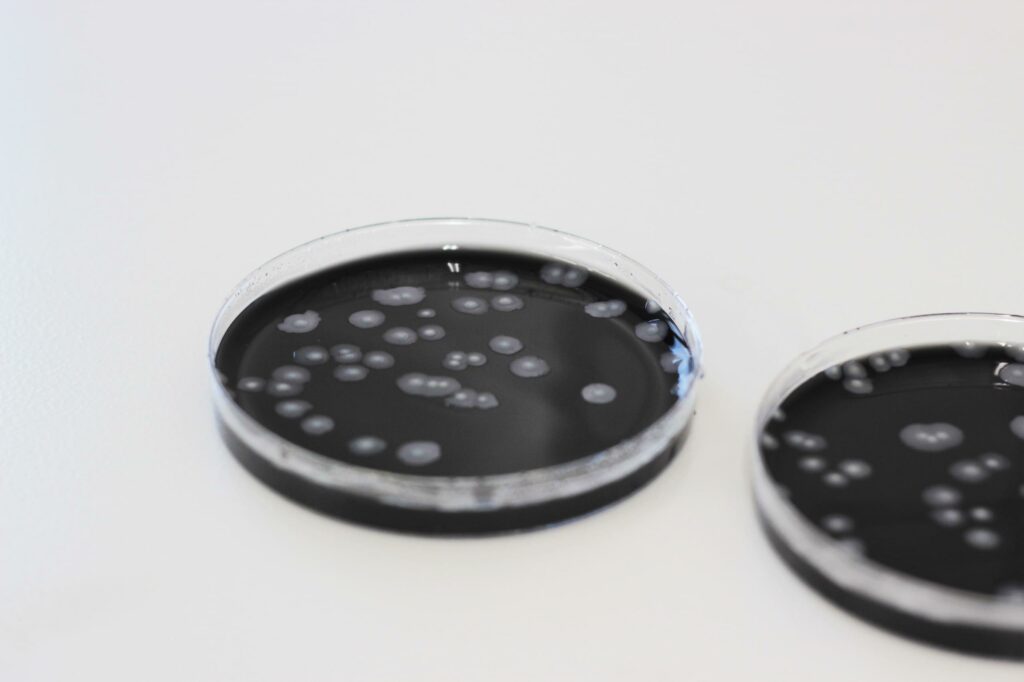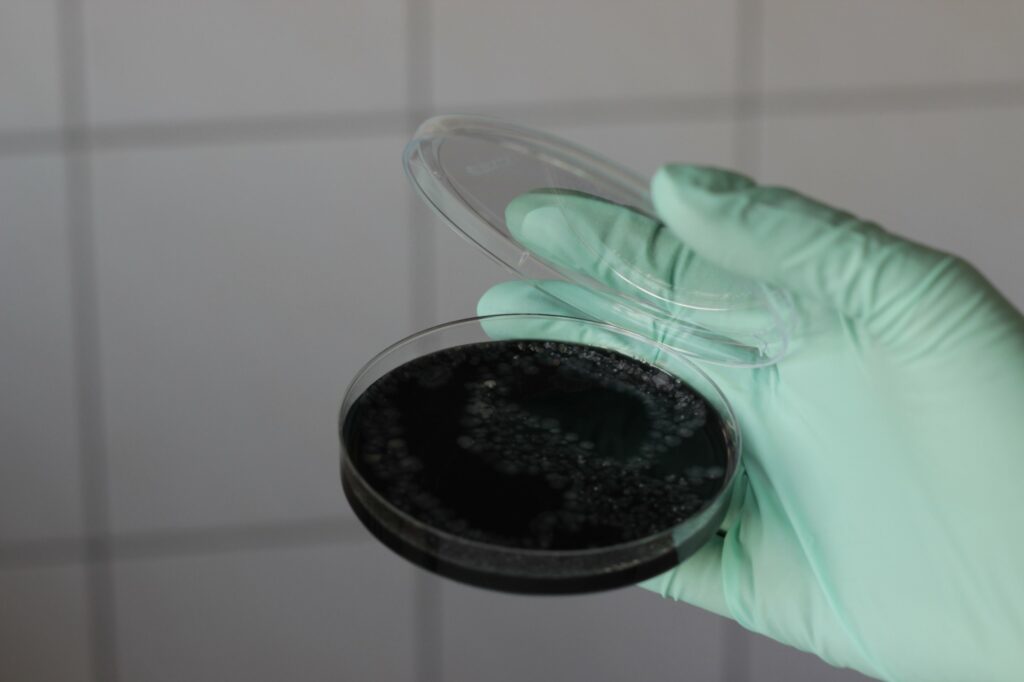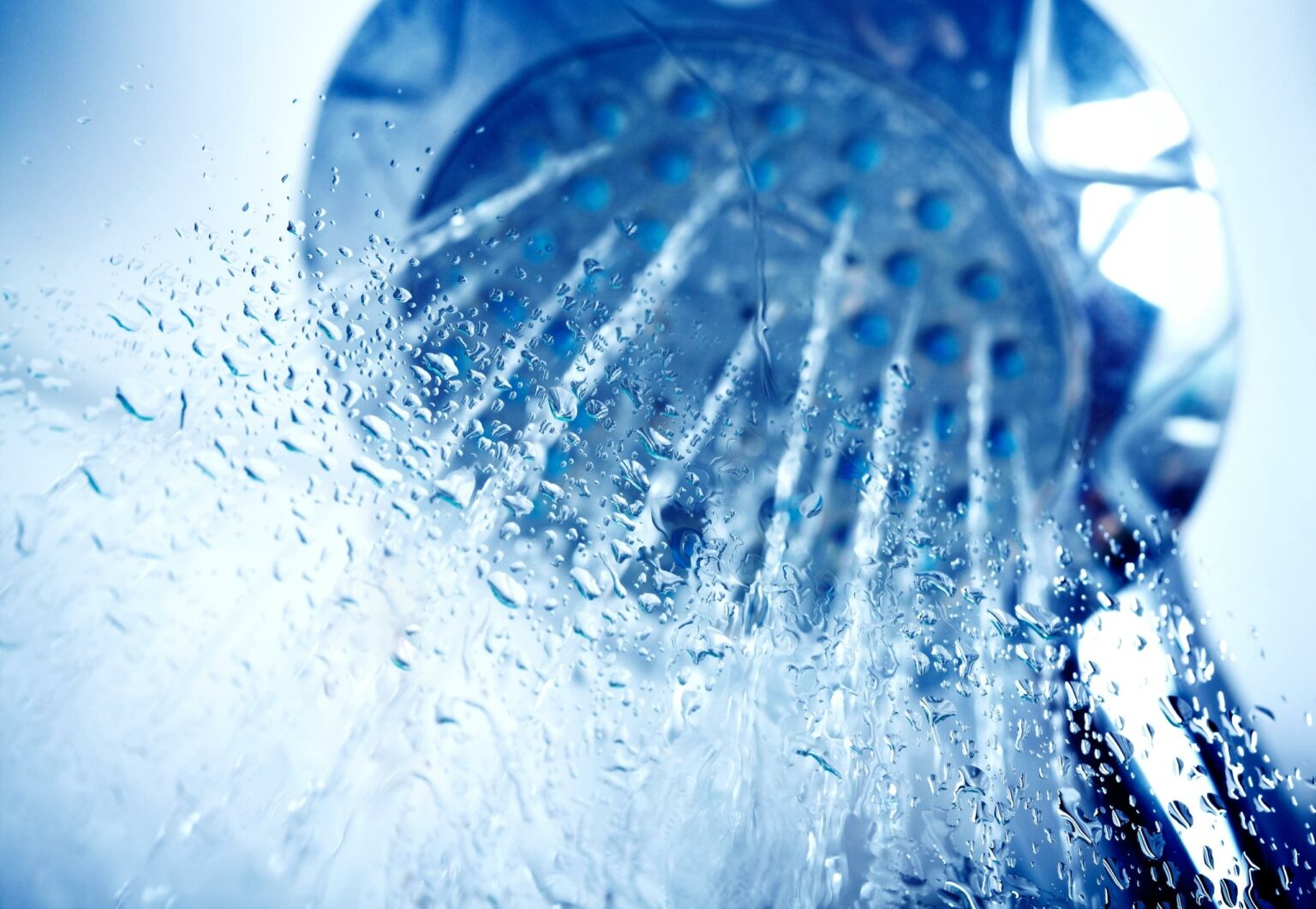You are active in the housing management and real estate industry or as a private landlord and have to check the drinking water for legionella? Also as an operator of whirlpools, cooling towers and humidifiers you have to subject the water to a legionella examination. Also public institutions, such as kindergartens, schools, hospitals and care facilities are obliged to perform the examination according to the amendment of the German TrinkwV.
Legionella are bacteria that occur in drinking water and can cause diseases. They can enter the human body and thus the lungs via aerosols (e.g. when showering). The result can be severe pneumonia. In hot water pipes in buildings, Legionella bacteria find their preferred growth conditions between 25 °C and 45 °C and can multiply on deposits in the pipe system.
In the field of sampling we are regionally active and work for customers in the area of Saxony as well as southern Brandenburg and Saxony-Anhalt. We carry out legionella tests according to the German Drinking Water Ordinance (TrinkwV), as well as legionella and sediment tests in air conditioning and ventilation systems.


Legionella – What is it?
Legionella are rod-shaped bacteria with a size of approx. 2 to 5 µm. The microorganisms occur naturally in water. But only in low concentrations. In hot water pipes, they find ideal growth conditions at approx. 25 °C to 45 °C and can therefore multiply rapidly. The germs only die at temperatures above 60 °C.
Legionella bacteria are transmitted via aerosols, so they can be inhaled via atomised water when showering, for example, and cause severe pneumonia. People with weakened immune systems are particularly at risk. Transmission through drinking water has not yet been proven. To prevent infections and minimise potential risks, hot water pipes should be checked regularly for legionella every one to three years. Annual monitoring is mandatory for public facilities, care homes for the elderly and facilities for the disabled, unless otherwise specified by the responsible health authority.
How does a test work?
A typical test for legionella in drinking water is carried out as follows:
- Sampling: water samples are taken from at least three points in the hot water installation. One sample is taken at the outlet of the hot water storage tank and, in the case of circulation pipes, before re-entering the hot water storage tank. Another sample is taken at the furthest tapping point per riser. Sampling points can be taps and mixer taps, for example. Our qualified personnel will come to you and carry out the sampling professionally; all you have to do is grant access to the points.
- Laboratory analysis: All samples are delivered to our specialised laboratory and analysed as quickly as possible. We analyse whether legionella is present and in what concentration.
- Evaluation of the results: After ten days, the samples can be analysed by our laboratory staff. The results are given in colony-forming units (CFU) per 100 millilitres.
- Measures if limit values are exceeded: If legionella are detected in concentrations that exceed the technical measure value, measures must be taken to eliminate the contamination. This can be done, for example, by thermal disinfection (heating the water system to a temperature that kills legionella), chemical disinfection or sanitisation measures. The health authority is also informed of the incident. We will always coordinate the next steps with you.
Contact


